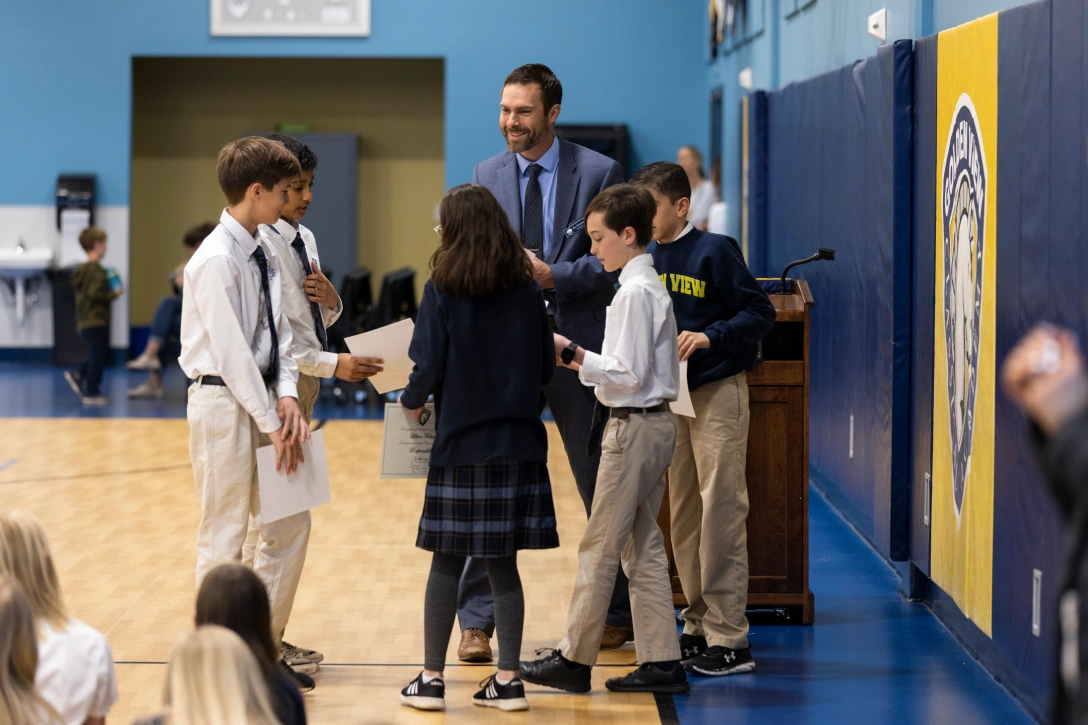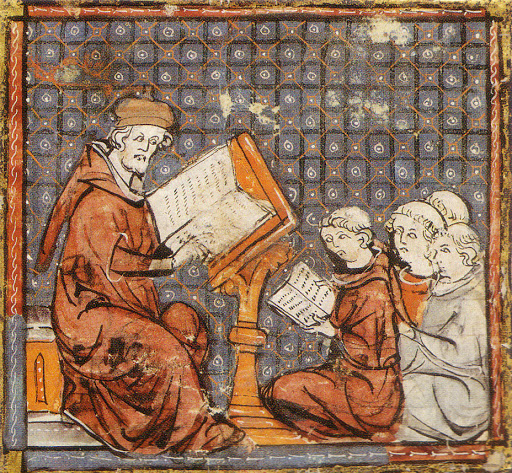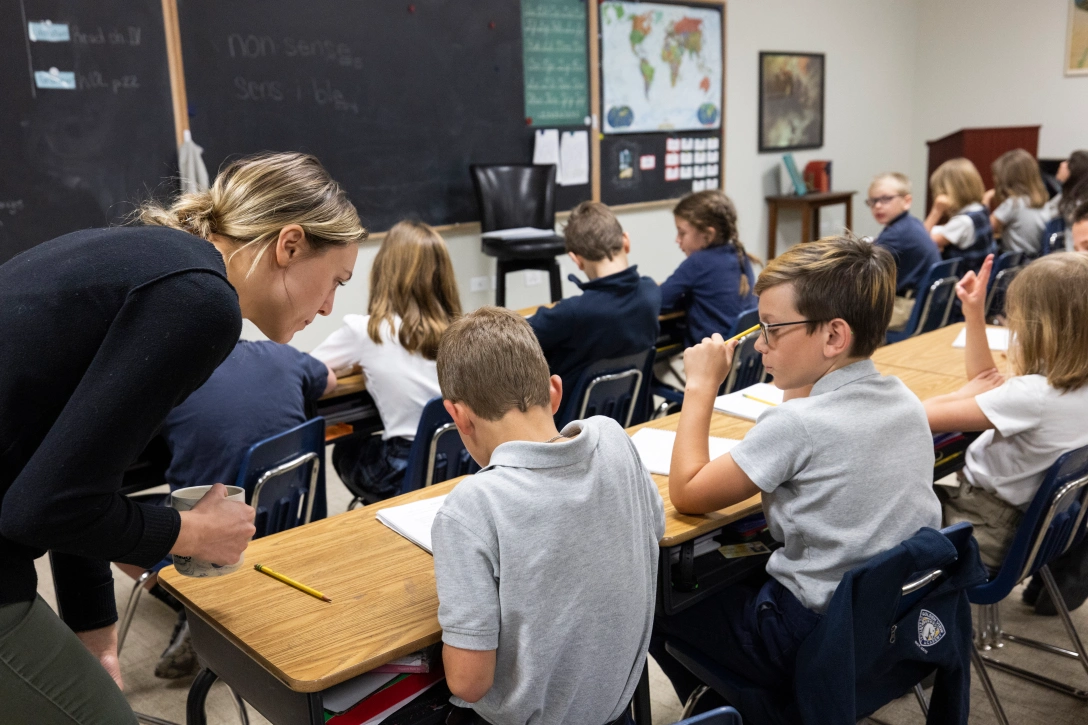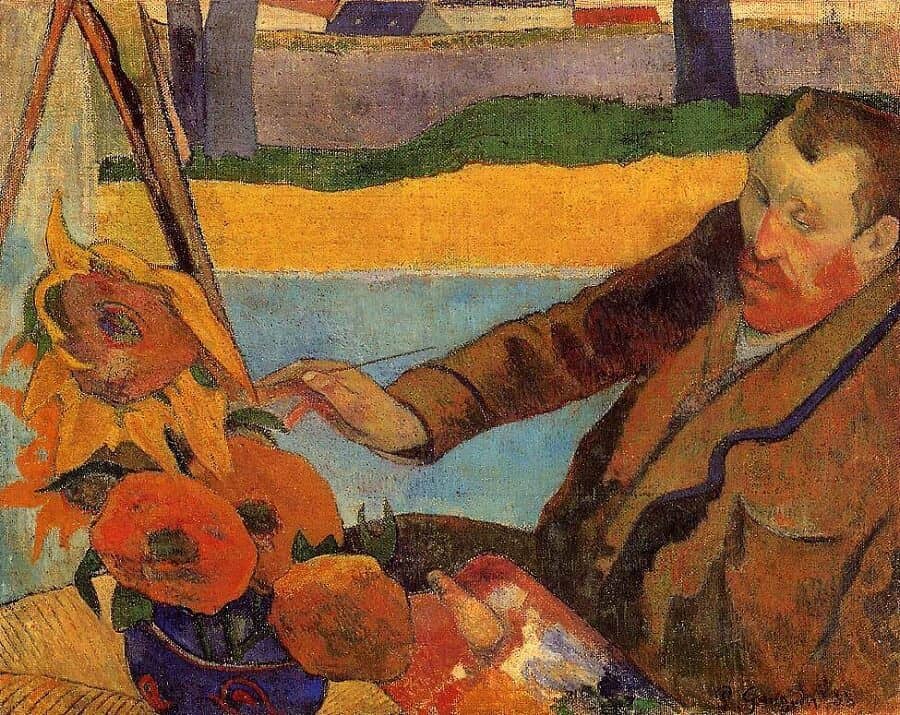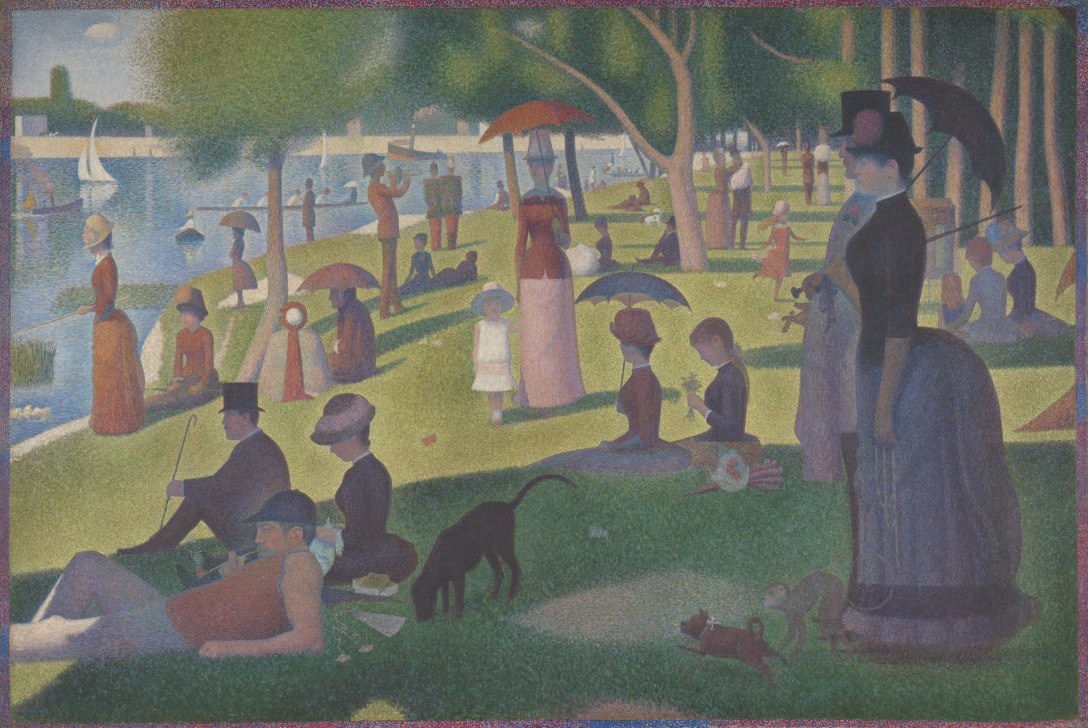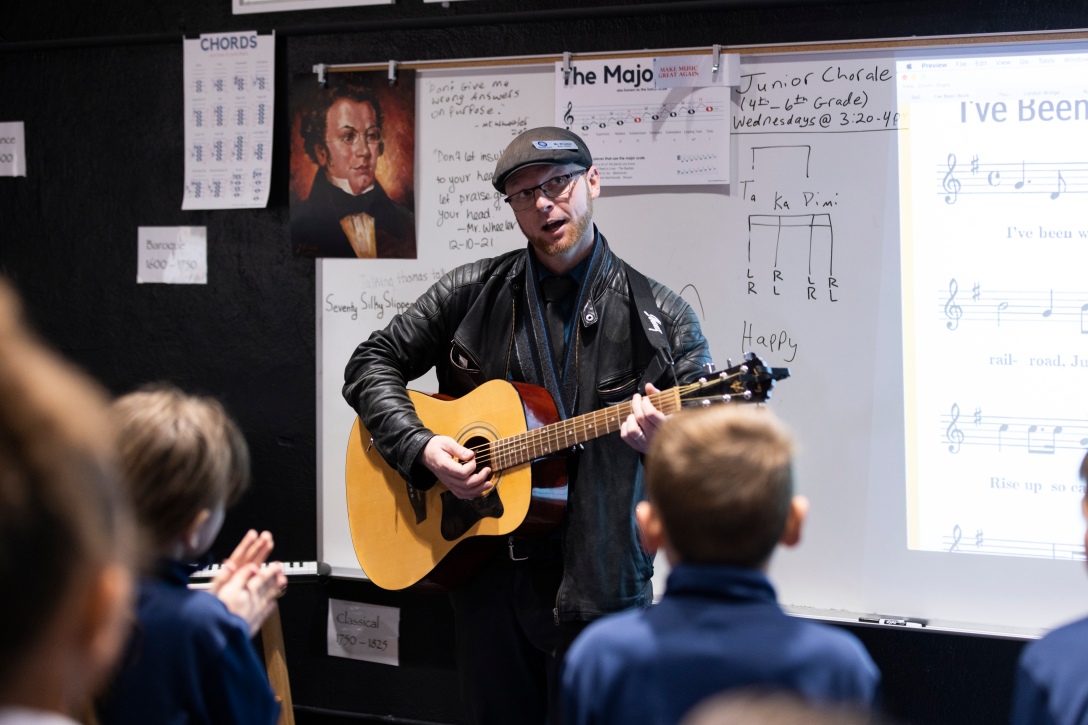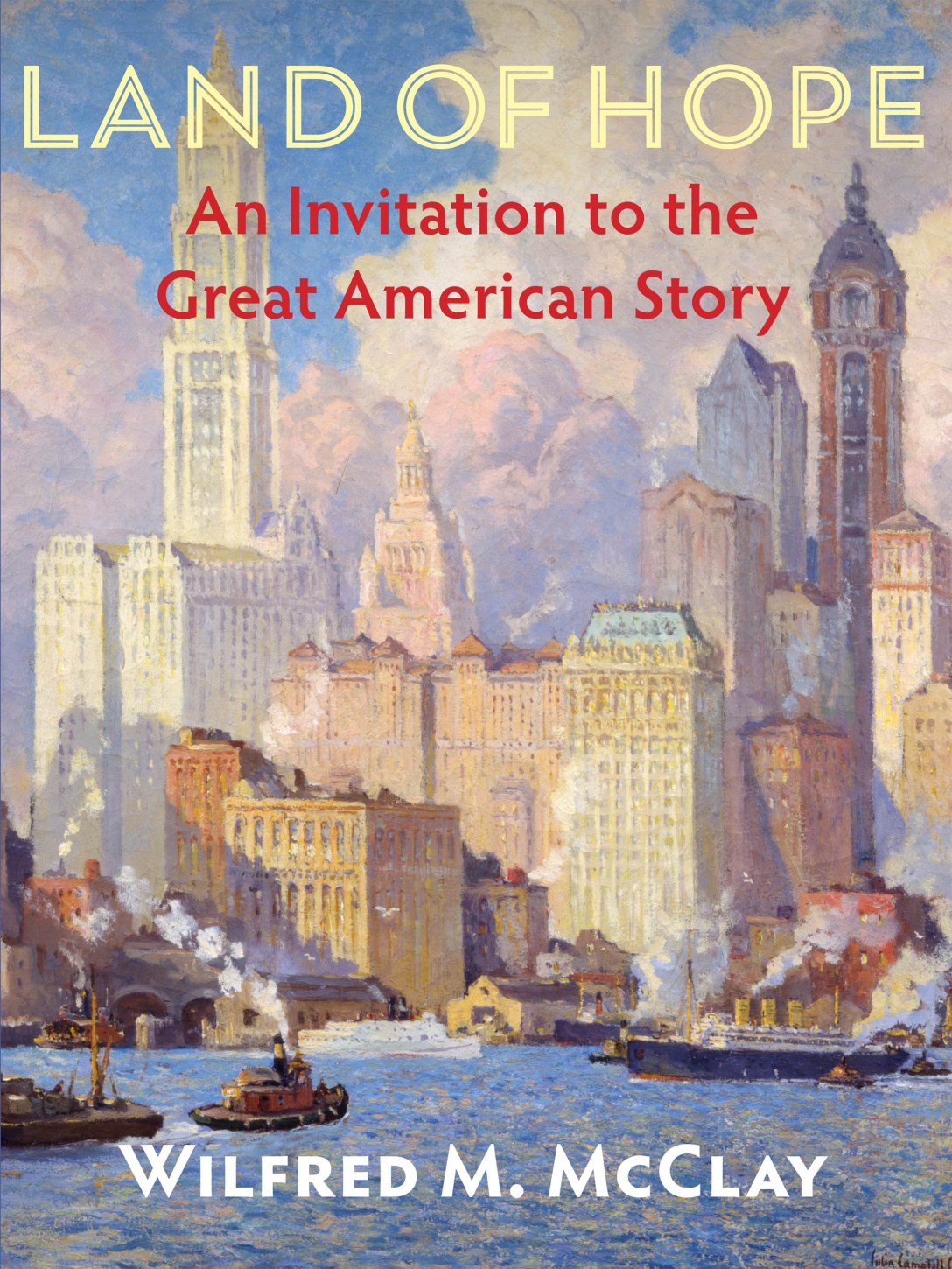Ian Nugent explores how to discipline students with dispassion and love while holding the line on school culture and expectations. He shares examples from his own career which he learned from, acknowledges the tendencies of students and teachers to respond emotionally, and explains how the rules and policies of a school serve as an intermediary between students and teachers.
Planning a History Lesson with the Trivium in Mind
Why Take Notes?
One of “Life’s Treasures”: Developing the Truest Form of Friendship through Art
Many people wish they could make beautiful things. However, people acknowledge that being an artist is an undeniably vulnerable task that requires truthfulness of expression and, as artist Henri Matisse proposes, takes courage. In the post, Miss Teska explores how prioritizing the arts in classical education can lead students to recognize beauty in their daily lives and orient their actions toward good. Practicing the virtue of friendship, or seeking virtue together, is essential to this end. Miss Teska offers some suggestions for how to cultivate the virtue of friendship in the art classroom.
Kindergarten To Calculus: Taking Advantage of a K-12 School
Practical Ideas for Strengthening Your Instruction of Lingua Latina
When Next Week Isn’t Going to Slow Down
Is “real” always better when it comes to art?
As young aspiring artists, students often ask questions like, "How can I make this look real?" because they measure their success and growth in art based on how realistically they captured the subject of their piece. In this post, Miss Teska explains how the seventh-grade art curriculum continuously explores art that moves toward abstraction and away from realism, offering an opportunity for students to witness new art styles and begin to curate a style of their own.

